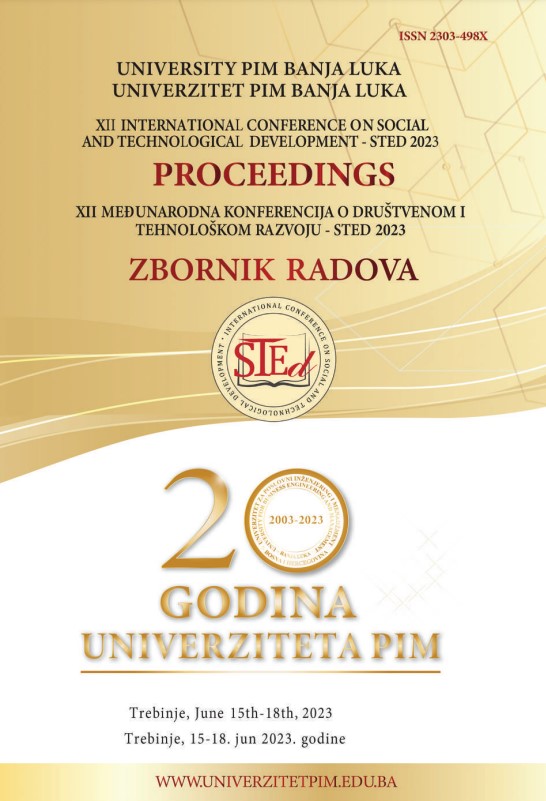COMPARISON OF FACADE ASSEMBLIES FROM THE ASPECTS OF ENERGY EFFICIENCY AND ECONOMIC PROFITABILITY
DOI:
https://doi.org/10.7251/PIMZ2301033NKeywords:
ventilated facade, thermal insulation, energy efficiencyAbstract
The energy certification of buildings in Serbia has brought numerous changes, related to the
way new buildings are designed, but also a significant need for energy rehabilitation of existing
buildings. The aim of this paper is to examine the effectiveness of the most commonly used facade
assemblies, considering that the facade of a building is an essential link in the chain of elements
that make up an energy-efficient building. In this paper, the five most commonly used facade
assemblies, which are applied during the construction of multi-family residential buildings in
Serbia, are analyzed, along with the materials used in them. Their economic aspect was also
analyzed, along with the mandatory comparative calculation of the energy efficiency of the
residential building and the application of the URSA-Building Physics 2 softver, in accordance
with the Rulebook on Energy Efficiency of Buildings. The facade assembly of the ventilated
facade with natural stone cladding, as well as the contact facade with distinct facade cladding, was
analyzed. In this context, the economic aspect of the application of different facade assemblies was
also analyzed. It was observed that for the same energy class of the facade wall, the investment can
be significantly different and be 5.86 times higher per square meter of the surface of the facade
wall. This research is significant considering that the energy rehabilitation of existing buildings is
considered as a necessary step towards reducing the energy needs for heating buildings in the
Republic of Serbia, and that it is necessary to take measures to reduce the energy required for
heating buildings.
